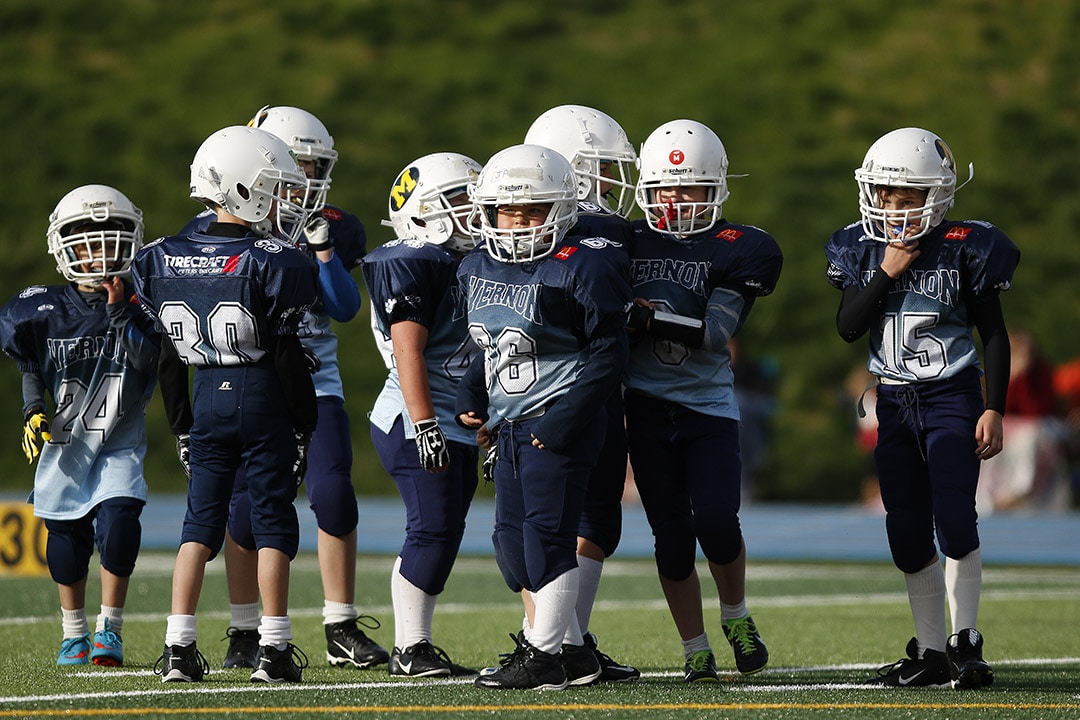Participation in any sports, whether it’s recreational like bike riding or football, improve the social and physical wellbeing of young children and can teach them to stretch their limits and learn sportsmanship and discipline. And like any sport, it also carries the potential for injury.
It is estimated that more than 2.6 million children under the age of 19 are treated in emergency rooms each year for sports and recreation-related injuries in the United States.
Urologic injuries in children can result from all sports but most especially in contact sports and even children in supervised sports who are generally safe can still experience accidents.
The most common urological injuries related to sports include, but not limited to, kidney injuries in both girls and boys and scrotal injury with trauma to the testicles in boys. However, other non-urological injuries are not uncommon, such as minor bruises, sprains, and strains. Teen athletes are more likely to sustain more severe injuries, including broken bones and torn ligaments and even more severe brain injuries including concussion, haemorrhage and spinal cord injuries.
By knowing the causes of sports injuries and how to prevent them, you can help make athletics a positive experience for your child.
Kids younger than 8 years old are particularly at risk as they are less coordinated and have slower reaction times than adults because they are still growing and developing. Their bodies also mature at different rates, with differences in height and weight between kids of the same age. And when kids of varying sizes play sports together, there can be an increased risk of injury.
As kids grow bigger and stronger, the potential for injury increases, largely because of the amount of force involved. For example, a collision between two 8-year-old football or basketball players who weigh 25 or 30kg each does not produce as much force as that produced by two 16-year-old high school football or basketball players who may each weigh up to 70 kg.
Kids may also not be able to judge the risks of certain activities as well as adults which could lead to injuries.
Preventing Sports Injuries
You can help protect your kids from being injured by following some simple guidelines:
Proper Preparation
Make sure that they know how to play the sport before going out on the field. Kids should be adequately prepared with warm-ups and training sessions before practises and before games. This will help to ensure that they will have fun and reduce the chances of an injury. They also should drink plenty of fluids and be allowed periods of rest during practices and games.
Use of Proper Equipment
It’s important for the kids to use proper equipment and safety materials appropriate for each sport. For example, they should wear helmets for baseball, softball, bicycle riding, skating or riding scooters and skateboards. Ask your child’s coach about the appropriate helmets, shoes, mouthguards, athletic cups and supporters, and padding.
Adult Supervision and Commitment to Safety
Any team sport or activity that kids participate in should be supervised preferably by a qualified adult. He should select teams that have the same commitment to safety and injury prevention.
The team coach or supervisor should have training in first aid and resuscitation for any emergency and or trauma, and the coach’s philosophy should promote players’ well-being and encourage kids to play safe by enforcing playing rules and ensuring that safety equipment is used at all times. And finally, make sure that kids play sports that match their skill level, size, and physical and emotional maturity.

